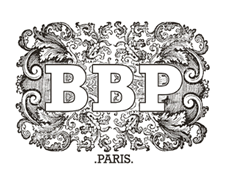While most people are familiar with wine, they may not be so familiar with how it is made. In fact, it is a fairly simple process of fermenting grapes that produces wine, but the difference between red and white wine is due to the presence of the skins during the fermentation process of red wine. It is the skins of red or black grapes that give red wine its colour.
When the whole grapes are crushed the skin tends to rise to the surface. They are pushed back down several times a day during the fermentation process so that they remain in contact with the liquid.
The sugar content
Grapes must be picked when ripe so that the sugar content is stable. Traditionally, grapes were picked by hand; these days many larger vineyards have their grapes picked by machine. In warmer climates they are often picked during the night. They then have to go through a process to remove the stems and any leaves or sticks. This too, is done by a machine that also lightly crushes the grapes.
The grapes are then pressed using mechanical means – no bare feet stomping these days. It is at this stage where the skins and seeds of white wine grapes are removed. The juice is then poured into large vats and allowed to settle – racked – so that the sediment falls to the bottom. After a few days the juice is transferred to barrels without the sediment.
The importance of skins
For red wine, the skins are left in with the juice to give the wine its colour. Amazingly, red or black grapes would make white wine if the skins were discarded.
To aid in fermentation, yeast and a yeast nutrient is added to the vats. During the fermentation process, the sugar in the grape juice is converted to alcohol. At this time, red wine releases carbon dioxide which pushes the skins to the top of the barrel, which is why they need to be punched back down. When making red wine the grapes are not crushed until after the fermentation process is finished. The wine is then ‘racked’ to remove sediment and the wine placed into barrels to age.
The aging process
Since no skins are present during the fermentation process of white wine the process of fermentation can go ahead without any need to constantly mix the skins with the juice. For both red and white wines, aging is an important process to create different flavours. It may be done in several different ways.
- Aging for years vs. months
- Using stainless steel or oak barrels
- Using new oak or older ones that are considered neutral in that they don’t add anything to the flavour.
- Using American oak or French oak
- Using ‘toasted’ barrels – charred by fire

